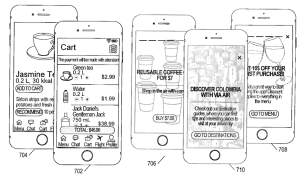by Dennis Crouch
I have been reading a good number of PTAB decisions recently to try to get my head wrapped around the current state of the obviousness and eligibility doctrines within the USPTO. The Board's recent decision in Ex parte Annakov is on point. The case involves a distributed service-and-transaction system for aircraft passengers, and the examiner rejected the claims both for lack of eligibility under § 101 (all the claims) and as obvious under § 103 (most of the claims). On appeal, the Board reversed on eligibility, but affirmed on obviousness -- leaving a handful of claims ready for issuance.
To continue reading, become a Patently-O member. Already a member? Simply log in to access the full post.
